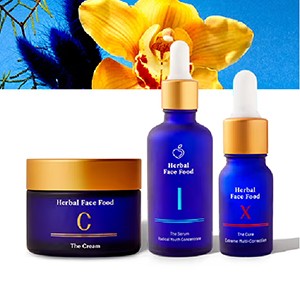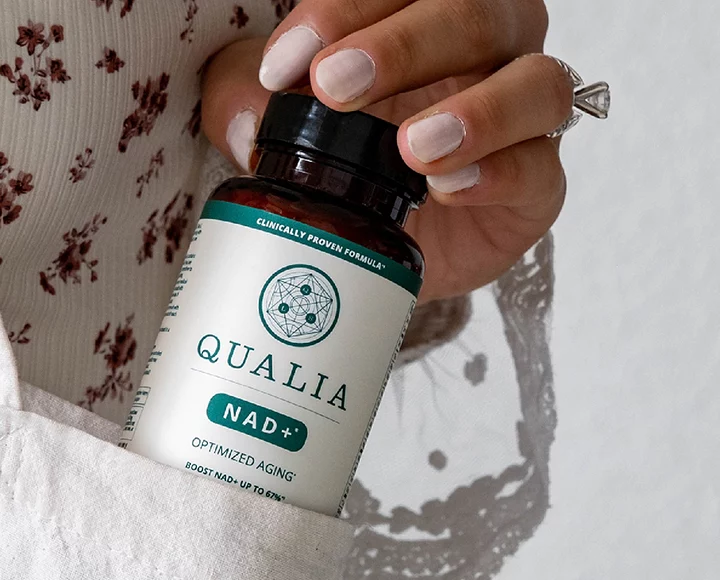Recently, the Wall Street Journal dropped a story revealing an internal report at Facebook showing the emotional harm many teenage girls reported as a result of Instagram (a company they bought in 2012).
Very few of us are truly shocked at what is found in the hundreds of pages of findings, including a report that 32% of teen girls said that when they felt bad about their bodies, Instagram made them feel worse.
None of us are under the impression that, despite it’s usefulness and excitement, Instagram is a healthy tool for the average woman’s self-esteem. As grown women, many of us have the wisdom and self-care tools in place to monitor our intake and balance the rush of influence we receive through social media. Many of us don’t.
Everyone on planet earth in possession of an iPhone knows what it’s like to be triggered by a social media post — whether made by a famous influencer or a close friend. Yet, honestly, I don’t think many of us are ready to adjust or self-monitor our own activity for the sake of other adults. Especially if we attribute some level of income from the platform, wherein a change in posting behavior could affect our bottom line.
But what about changing our social media behavior for the sake of teenagers? We appreciate that these new findings are especially focused on children and young adults. Perhaps more of us can wrangle the compassion required to adjust our online presence when we consider the idea of a13 year old girl consuming the same content and just as wrapped up in Instagram as we are.
WSJ reporter, Georgia Wells, who co-wrote the original story on Facebook’s report, shared some of her impressions with Slate. Among them, she quoted these portions of the findings as being most impactful:
+ “Comparisons on Instagram can change how young women view and describe themselves.”
+ “Teens blame Instagram for increases in the rate of anxiety and depression. This reaction was unprompted and consistent across all groups.”
+ “Among teens who reported suicidal thoughts, 13 percent of British users and 6 percent of American users traced the desire to kill themselves to Instagram.”
+ “A quote that has really just stuck in my head throughout this reporting is, ‘We make body image issues worse for one in three teen girls.’ “
My first thoughts after reading the WSJ story wern’t about demanding changes to the Instagram filters or algorithm. They were about content. What level of responsibility do we content creators have in all of this? Although the global issues around social media consumption don’t rest squarely on our shoulders, it seems to me that we have a big opportunity to affect change on this topic.
At first, while ideating this story, I wanted to supply content creators with actionable tips. But I soon realized how few specific tips we could truly put forth. It’s a new, body positive era: is there one correct way to show your body on the ‘gram? No — we’re definitely not going to attempt any rules there. If you’re a beauty influencer or model, should you tone down how great you look in your posts? Should we advise that you stop creating beautiful looks? Travel editors and influencers are paid to make their destinations look as aspirational as possible, that’s the goal. So, what’s to be done?
We can’t tell you what to do about the impact your social media presence has on others in literal terms. But we can bring attention to your intentions, and encourage you to bring only the most mindful, kind and positive content to the ‘gram that you can.
We know that many content creators feel the stress and tension of social media’s demands already. Many creators can relate to the lows felt by many young followers who consume it.
I want to frame the challenge below to content creators in the positive. The digital world can be a cold one from time to time. We hope to inspire you to use the perspective in this story to enrich your content with more humanity, whatever that might look like for you personally. Imbuing your work with more authenticity doesn’t have to mean becoming an over-sharer, apologizing to your audience or hiding your best assets. Each of us have to craft the right choices for ourselves. Just as our own team is taking a fine-toothed comb to our own work, we encourage you to make these reports on Instagram and teens a catalyst for more mindfulness in your online presence. Together, perhaps we can improve the social media experience for more young people.
With that in mind, here is my challenge to our fellow content creators everywhere…
01. Spend some time with this. It’s likely the news around Facebook’s report is not completely new to you, but perhaps you’ve never taken the time to truly sit with the emotional impact you’re having on your own audience.
Instagram is aspirational. Instagram is a highlight reel. We’re all aware of how it works. And when everyone else in our feed seems to be operating in the same way, it’s easy to remove ourselves — and our sense of individual responsibility — from the equation. If you can imagine a better Instagram feed, why not be the one to step into it first?
02. Think before you post. We’re a wellness site, so maybe we’re more emo than others on this, but we believe in energy and how one’s intentions come through in their work. Before you post (or schedule or go live), think about your intention and make a pact with yourself: if you’re not 100% aligned with the message, build in some time to consider editing or changing course.
03. Post for your younger self | If this isn’t a litmus test, we don’t know what is. Imagine your thirteen year old self following your account and liking your posts. Where is she? What is she dealing with currently? What are you telling her? How do your posts make her feel? Sit with this. Adjust accordingly.
Finally, to be fair, Facebook as an organization has to evaluate it’s own operations — to be clear, we certainly don’t place all the burden of responsibility on content creators alone. As a digital content provider immersed in a community of other content producers, these findings spurred important conversations and a sense of responsibility amongst our own team. Maybe the report’s findings could stoke a quickened pace in the (small, but mighty) movement toward more conscious content on social media.












